Sirmione
The historic centre of Sirmione is located at the end of a 4km peninsula. Strategically positioned at the entrance to the Sirmione is the 13th Century Scagilero castle, which was built under the instruction of Mastino I della Scala….The Lord Of Verona. The Sirmione castle is the only castle in the world with it’s own port. Today the castle is home to the museum which displays Roman and Medieval artefacts.
The castle is protected by a moat and can only be accessed by one of it’s two drawbridges. The other drawbridge serves as the main entrance to the peninsula and takes you over the pretty port of Sirmione.
The Grotto di Cattulo , named after the legendary Roman poet Cattulus, is the ruins of the largest Roman villa in northern Italy. The ruins were only discovered in he 19th century, but a full study was only undertaken in the 1940’s when the ruins became public. There is a museum on the site of the ruins which displays relics from the villa.
Hot water from natural thermal springs that occur in many points around Sirmione are pumped into many of the peninsulas hotel.
If you want to experience the full benefit of the precious sulphurous water which flows naturally from the depths of the lake, then a visit to Aquaria terme di Sirmione should be on your itinerary.
Like all Lake Garda towns Sirmione is host to many popular events, one of the most popular when it is the first time check for the Mille Miglia, the famous vintage car race.
Tip
If you’re visiting the lake nearer the end of the season when the level of the water is lower, pay a visit to the beach at the tip of the peninsula. The beach becomes much bigger, you can bathe in the thermal waters and the views up the lake inspired a poet.


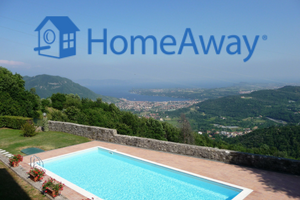
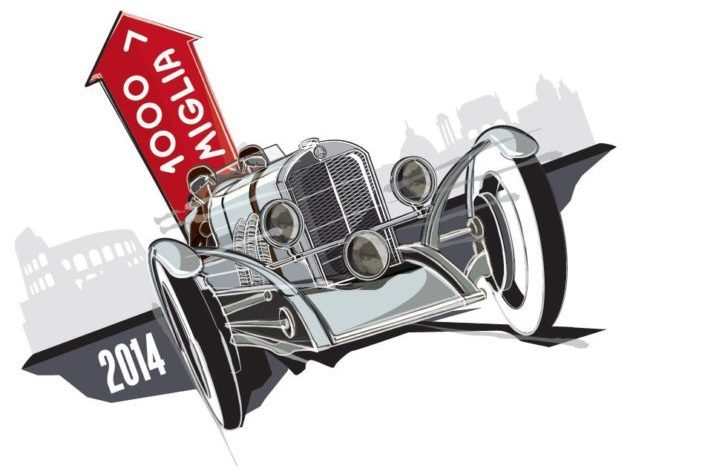
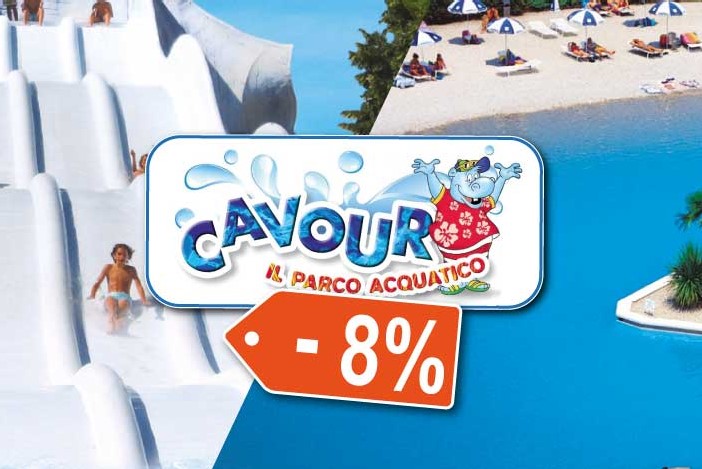
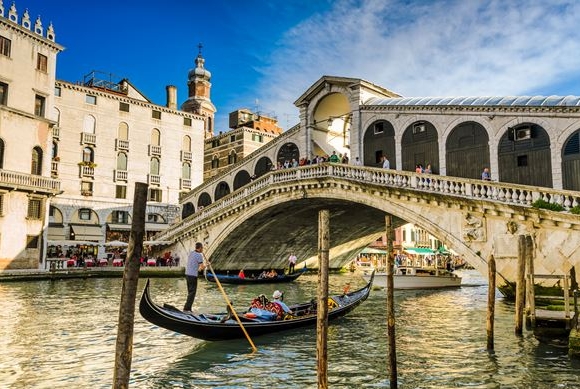



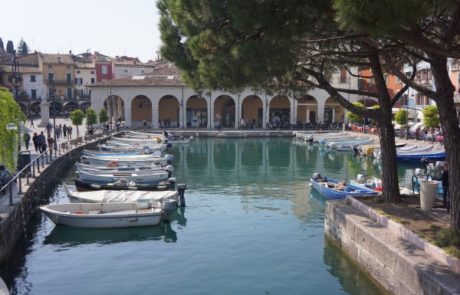
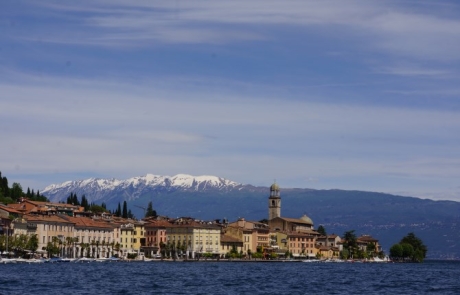


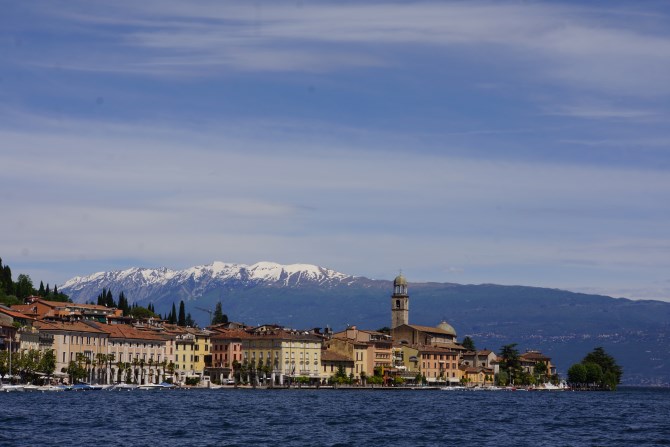
Leave A Comment